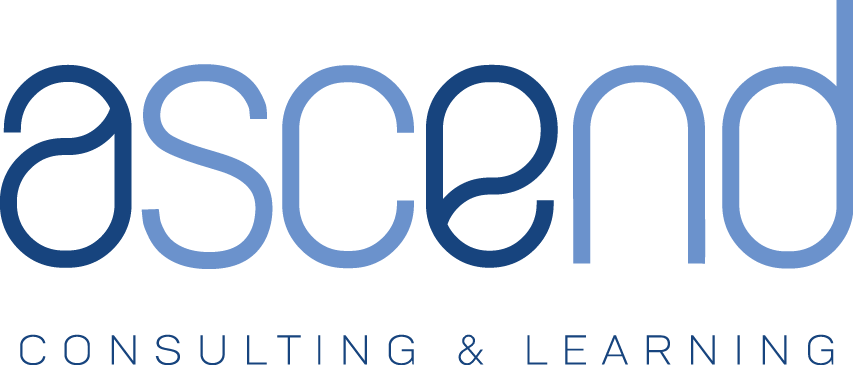As we enter the ninth month of workplace disruption due to COVID-19, it is becoming more clear that architecture and engineering (A/E) firms will emerge from this crisis with working environments and business models that have been forever transformed. The transformation with the largest internal impact to these firms’ business models will be the new acceptance and prevalence of a remote workforce.
As I wrote about in a previous blog post, a shift to remote work will present new strategic challenges such as maintaining productivity, culture, and competitive advantage in a remote environment. The long-term magnitude of remote work has yet to be seen but it has become clear that a remote workforce, in some capacity, is an issue that A/E firms need start addressing. Luckily, these strategic challenges of a remote workforce can be managed as I discussed in the blog post referenced above.
A/E firms that successfully adopt a remote work strategy will benefit in many ways.
- Access to a greater labor pool in the ongoing war for talent
- Reduced real estate expenses – one of the highest non-labor overhead expenses of A/E firms
- Increased employee engagement and productivity
- Greater geographic reach
- Increased diversity
- I could keep going, but you get the point
New Challenges
With the benefits listed above and the ability to manage the strategic challenges of a remote workforce, many A/E firms will likely incorporate a remote workforce, in some capacity, into their business models. This will also likely impact the business models of those firms that do not. As the industry makes this shift towards a work from home workforce, some firms will need to cope with a potential new challenge – increasing levels of compensation.
The largest expense for most A/E firms is labor. So, any impact on labor expenses can have a profound effect on an A/E firm’s performance. Labor expenses already vary in several ways, noticeably in company size and geography. Smaller firms typically have lower labor costs than larger firms. Labor costs can also vary wildly by geography, even at the state level, as can be seen on the graphic below from the U.S. Bureau for Labor Statistics.

My wife and I moved to Montana about a year ago for its beauty, access to outdoor recreation, and way of life. We are not the only ones as real estate and construction are booming in our small corner of Northwest Montana. Wages are lower here in Montana – they call it the “wilderness tax”. This “wilderness tax” is a function of both supply and demand. While there may be a lower supply of jobs, people here have also been willing to accept lower wages in exchange for the quality of life of living in a mountain paradise. Similar effects exist in locations with other perceived quality of life benefits – a lower cost of living, small-town life, great weather, etc.
How will the increased prominence of remote work affect these geographical labor expense benefits firms have been able to experience? Locations where labor expenses are reduced due to a lower supply jobs could soon experience an increase in the supply of jobs competing for local talent. The quality of life that may have attracted and retained employees in the past can still be had working remotely, regardless of where the employer is located. This all points to potentially increasing costs for firms in these areas.
Maybe firms located in more expensive areas will try to take advantage of these lower labor costs and hire remote staff at lower rates? Maybe, but probably not as much as you had hoped. A recent study by Mercer showed that technology companies were paying remote employees less in lower cost of living areas, but not by as much as the difference in cost of living. In other words, wages were beginning to increase in these less expensive areas. I believe we will see a similar effect in the A/E world.
What to Do?
You may soon be competing with firms in New York and San Francisco in the war for talent. While they may pay less for remote staff, it could still be significantly higher than you are currently paying your staff. You may not be able to play California wages. What can you do about this and how you can you prepare for this battle to come? The key to fighting this battle is to clarify and communicate what makes your company unique.
- Clarify your value proposition to your employees. What differentiates your company from out of town competitors as a great place to work? Positioning tools from the world of marketing can be very helpful in this exercise.
- Clarify your values and purpose and how they impact the lives of your employees and clients.
- Clarify your culture and how it allows your employees, and clients, to grow and thrive.
- Clarify how your working environment and relationships benefit your employees.
- Communicate this all, proactively.
Montana is not the only place seeing growth related to the growth in remote work. A Wall Street Journal article this morning discussed how Austin is experiencing explosive growth as people relocate from more expensive cities like New York and San Francisco. Other less expensive (for now) cities, such as Salt Lake City and Charlotte, are also experiencing similar growth. Localities are offering incentives to attract remote workers. The relocation of the American workforce may only be just beginning. Are you ready for a potential increase in your largest expense? Are you planning for how this could affect your business model in the future?
If you would like to discuss how this may apply to your business specifically, I would love to hear from you. You can get in touch with me here.

